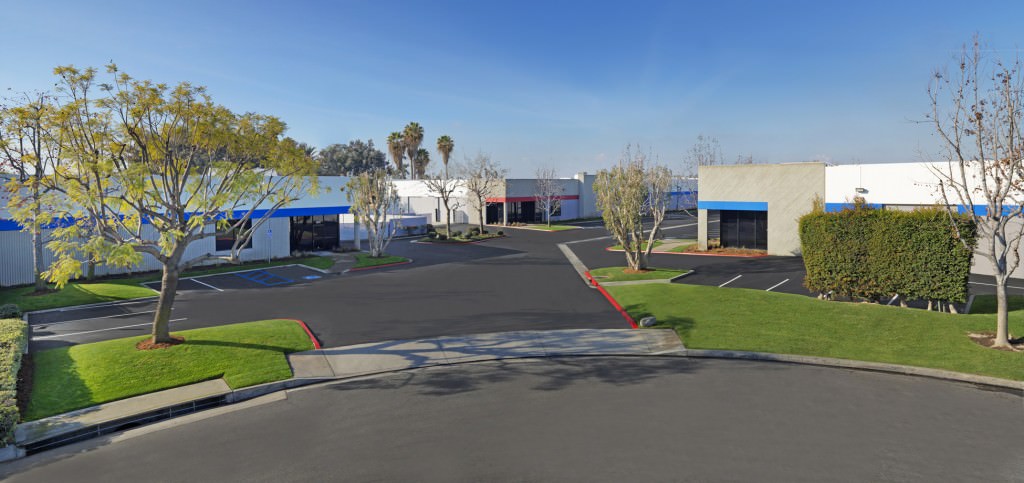Now that the nation has completed a full year under new tax rules associated with the Tax Cut and Jobs Act signed into law in December of 2017, proof of the efficacy of the legislation will soon be upon us.
Proponents of the new tax code will get their chance to tout how many more dollars will remain in the hands of those who earned them, while detractors are sure to point to an increase in federal borrowing to finance the revenue gap and to what they think are new rules that benefit big business and wealthy individuals disproportionately. Neither point of view represents anything new given the polarized nature of our current politics.

Political arguments aside, the new rules are the new rules and it is up to businesses and individuals to apply them to their fullest advantage.
We weighed in on the topic with several posts around this time last year, but since everyone will soon be crunching the numbers with their tax professionals soon, we thought it would be a good time to review the main components of the tax reform legislation that will impact owners and occupiers of commercial property.
Bonus Depreciation for Capital Equipment Purchases
The entire cost of capital equipment with a useful life of 15 years or less can now be fully depreciated in the year it goes into service. This includes both new and used items. Under previous law, bonus depreciation maxed out at 50% in year 1 and only applied to new equipment.
Qualified Improvement Property
Qualified Improvement Property is one of two new categories created for commercial real estate, and relates specifically to non-structural modifications to a property that are made pursuant to a lease.
For the landlord, the new rule reduces the useful life of these improvements to 15 years, making them eligible for 100% bonus depreciation in the year the improvements are put into service, rather than folding those expenses into the much longer useful life designated for the structure. Tenants who pay for their own improvements are also eligible for immediate expensing.

However, it is important to note that the language related to this rule in the actual legislation may have been unclear, and it was left to the IRS to sort out. So, make sure your tax preparer has the latest information before you file.
Qualified Real Property
The second new asset designation, Qualified Real Property, allows property owners to write off the entire cost of replacing major building components including HVAC units, roof, security systems and fire/life safety equipment in the year the improvements are completed.
This gives owners with deferred maintenance issues the opportunity to soften the blow from the high cost to improve their properties to make them more competitive.
Throughout 2018, the IRS was busy interpreting the language in the actual legislation and developing the rules and guidelines required to properly apply the intent of the law. That was no small task and there are sure to be hiccups, misinterpretations and challenges along the way as we all file our first returns under the new law.
If you haven’t already, it is important to sit down with your financial and tax advisors to make sure that you take full advantage of this landmark legislation.


Leave a Reply
You must be logged in to post a comment.